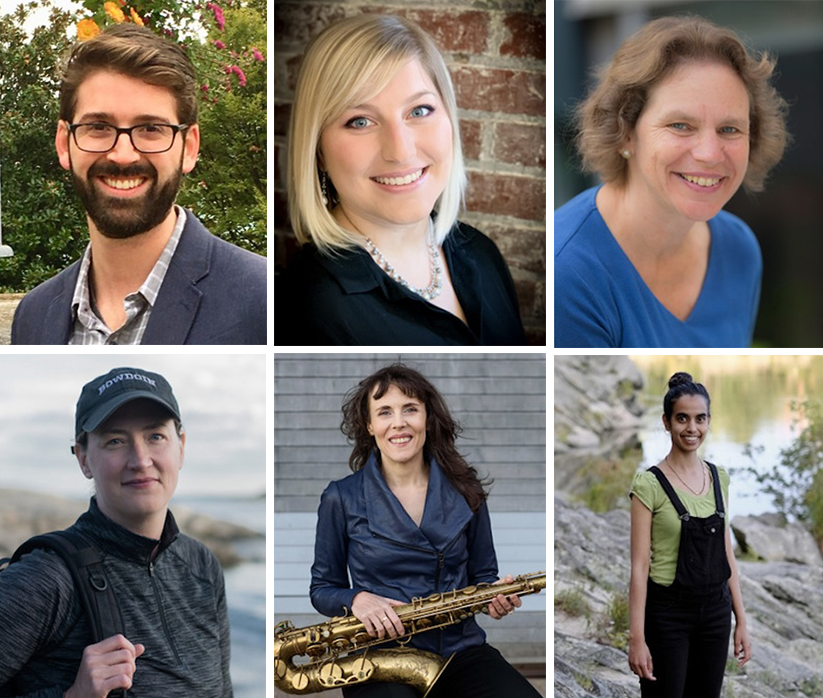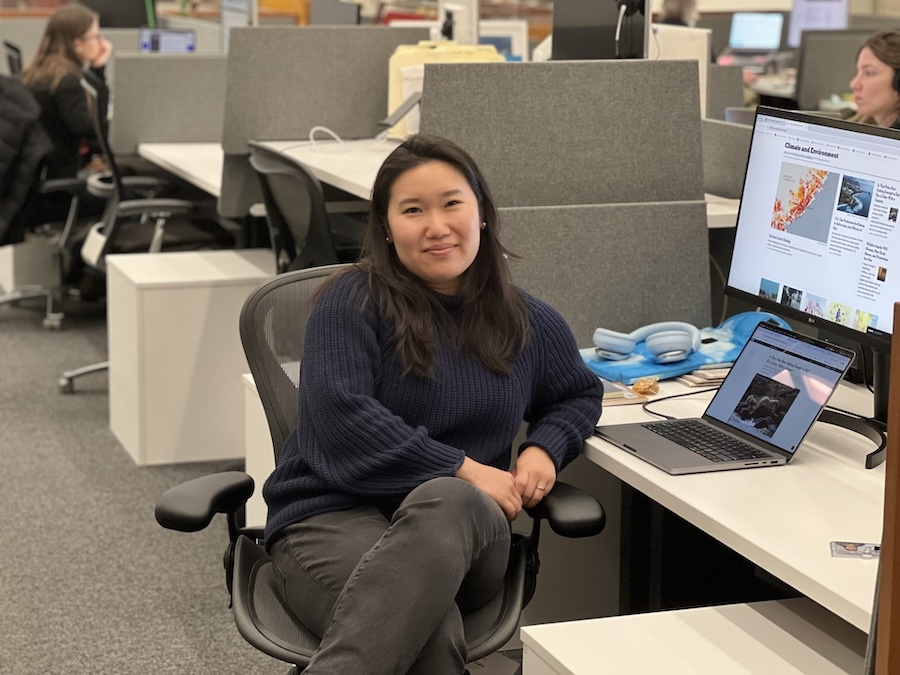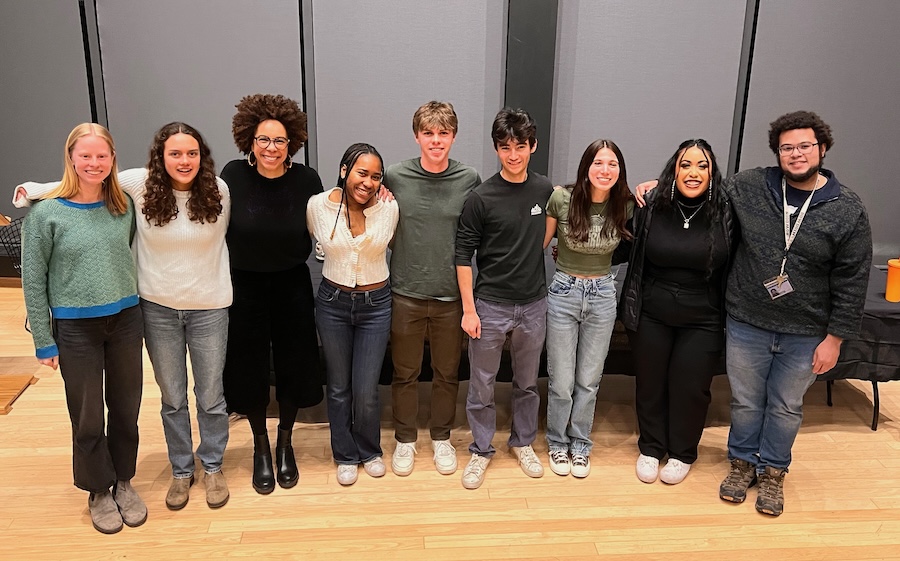Isaiah Bolden ’15 and His Forensic Approach to Solving a Reef Mystery
By Rebecca Goldfine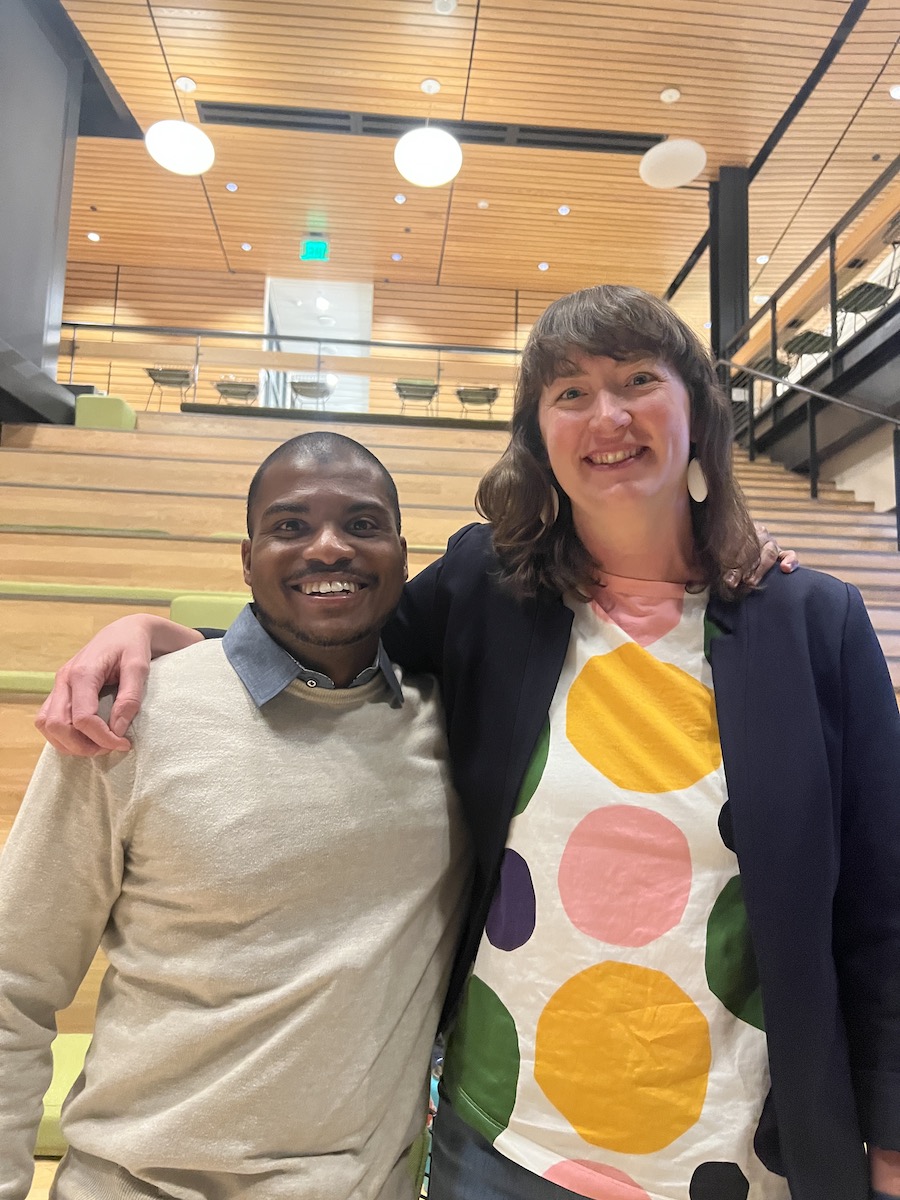
When he's not traveling to tropical islands to gather data, Bolden is based at Georgia Tech's School of Earth and Atmospheric Sciences, where he's an assistant professor.
Yet visiting island paradises is not what gets him out of bed in the morning (although it doesn't hurt). "It is more that I get to apply a very cool forensic geochemistry approach to understanding how marine and coastal environments are changing, and how to use fingerprints from those environments to understand how things might progress in the future or how they've changed in the past," he said in the recent talk he gave to faculty, staff, students, and community members at the Roux Center for the Environment.
Bolden is developing sophisticated indicators to reveal the current state of reefs and their likely progression as oceans warm and become more acidic. Ultimately, his goal is "to get tools and data into the hands of people" trying to protect coral reefs.
Reefs are critical not just because their beauty lures large numbers of tourists to islands and coasts around the world. "The rainforests of the seafloor," they contain 25 percent of the biodiversity of the ocean in 0.1 percent of the space. One in every ten fish consumed around the world comes from a reef system.
Moreover, several medicines—antibiotics, antivirals, and anti-inflammatories—have been developed from reef-building organisms. And they help buffer coastlines from the worst impacts of hurricanes, since storms lose power after coming into contact with offshore reefs.
But complex coral reefs are also highly sensitive and can only thrive in "pristine water chemistry and a narrow band of temperature," Bolden explained. And as oceans heat up and absorb more carbon from fossil fuel emissions, they are in jeopardy.
Bolden, however, noted that the picture is not completely dire. "Maybe reefs aren't so much in a state of decline as in a state of transition," he said. It's more that "the reefs of the future will look and function very differently than the reefs of today."
One likely scenario is that reefs will have fewer organisms that make calcium carbonate structures. Marine calcifers, like corals and shellfish, struggle to make skeletons and shells in acidic seawater. These environments may see calcifiers gradually replaced by "alternative stable-state organisms, like fleshy macroalgae, which don't fall apart and photosynthesize," Bolden said.
In particular, a critical reef organism called crustose coralline algae—a hard algae that Bolden describes as the "glue" that holds a reef together—is especially vulnerable to rising temperatures, decreasing pH, and decreasing availability of carbonate ions (which corals and other shellfish need to make shells and skeletons).
Meanwhile, corals, while still affected by deteriorating ocean conditions, tend to be more durable than crustose coralline algae. Knowing how much corals or crustose coralline algae are present in a reef could provide a clue into what is happening with any particular reef ecosystem.
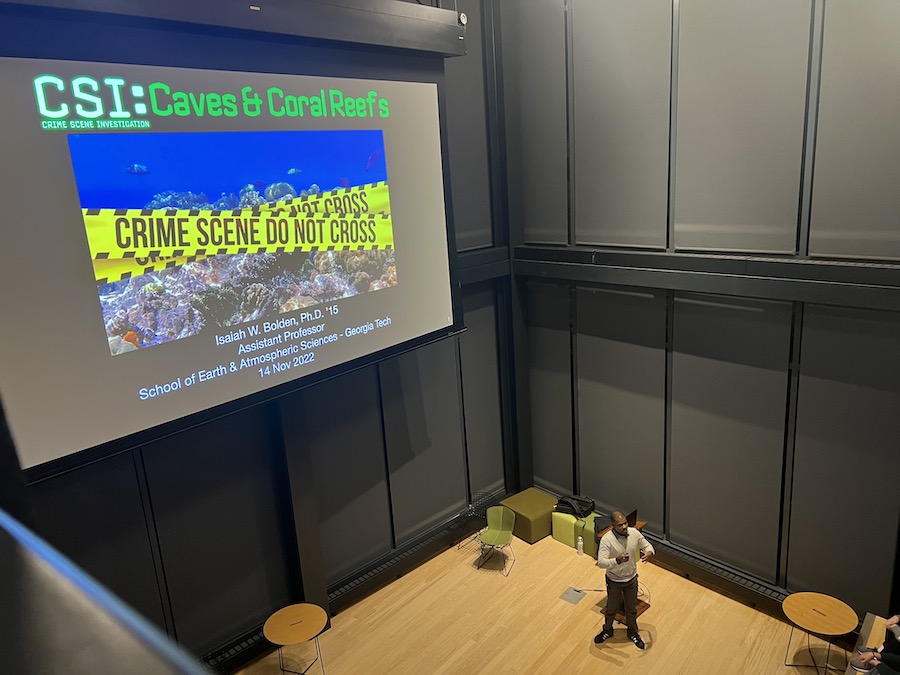
"What we need are tools that are more nuanced and quantitative that can help us quantify the rate of transition for any reef in the world," Bolden said. "And determine at any given time who, or what, are the contributing members of the seafloor community? And how has the community changed over time?"
To "fingerprint" the organisms present in a reef community, Bolden has developed a measurement for the ratio of two key chemicals in the seawater around a reef—calcium and strontium. This ratio can reveal the balance of crustose coralline algae (the reef glue) to corals, which depend on the reef glue, since they react to calcium carbonate and strontium carbonate differently.
"This is an important distinction, because if you're a reef manger who is interested in mitigation and adaptation and your strategy is to grow corals in a lab and seed them back in the ocean, your solution might not be fixing the problem," he said. "We need a tool that is not just showing how much the reef is calcifying but the balance of glue to coral to figure out how stable a reef will be or will not be in the future.
"There is some hope in this transition," he added.
He explained that if we have tools that reveal how a particular reef ecosystem is transitioning, and how far long along it is in that trajectory, this knowledge could help reef managers and conservationists focus their efforts on prioritizing the preservation of "either the structure or the function of reef ecosystems."
For example, if crustose coralline algae is in a state of dissolution, a more fitting approach would be to build an artificial reef (even, maybe, a 3D-printed one) that could provide, if not enhance, reef stability. "Corals could then colonize these environments, the 'rainforest' characteristics of these environments could persist, and the function or niche that crustose coralline algae played in the environment is preserved," Bolden said.
Alternately, if a particular reef is experiencing a decline in certain coral populations, then it may be more beneficial to grow baby corals in the lab—perhaps ones bred for greater tolerance of warming or acidification—and seed these onto the ocean floor.
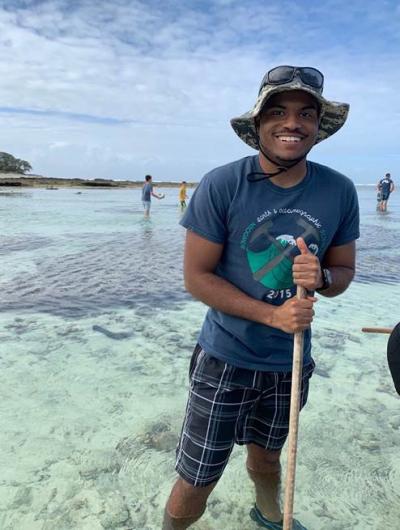
Looking Back to Understand the Future in Curaçao
Adding to the complexity of coral reefs around the world is that some are degrading quickly while others are remaining pristine, even in taxing conditions. Bolden is trying to figure out the pathways of both unspoiled and degraded reefs, and how they have persisted in the face of past environmental changes.
To do this, he is excavating their histories through paleo archives contained in coral skeletons, which record prior environmental conditions in their rings (similar to tree rings). "You can count and date the bands. You can analyze chemical changes in the skeletons to reconstruct past ocean conditions, like sea surface temperature, pH, salinity—lots of things," he said.
To glean even more comprehensive data at the ecosystem level for paleoclimate conditions, he's also using, surprisingly, stalactites from caves. "Complementary terrestrial carbonate archives," he called them. These long spikes are made from calcium carbonate deposits that track terrestrial rainfall variability, providing the potential to reconstruct trends in ancient climate aridity and sea surface conditions when combined with coral archives.
And he's found the perfect place to gather this data: Curaçao, an arid Caribbean island north of Venezuela. "Curaçao is home to some of the most pristine coral reefs in the Caribbean and in the world, [as well as] ancient fossilized reef terraces and numerous carbonate caves with active speleothems," like stalagmites and stalactites, he said. "It's the perfect playground to pioneer these ideas."

